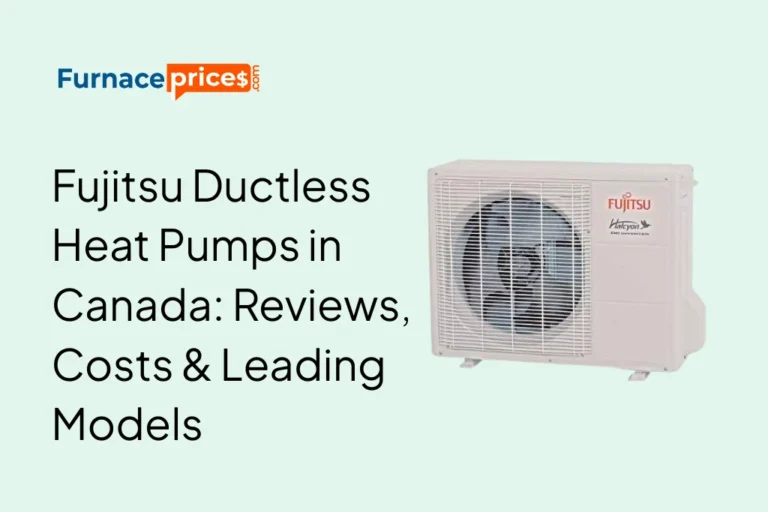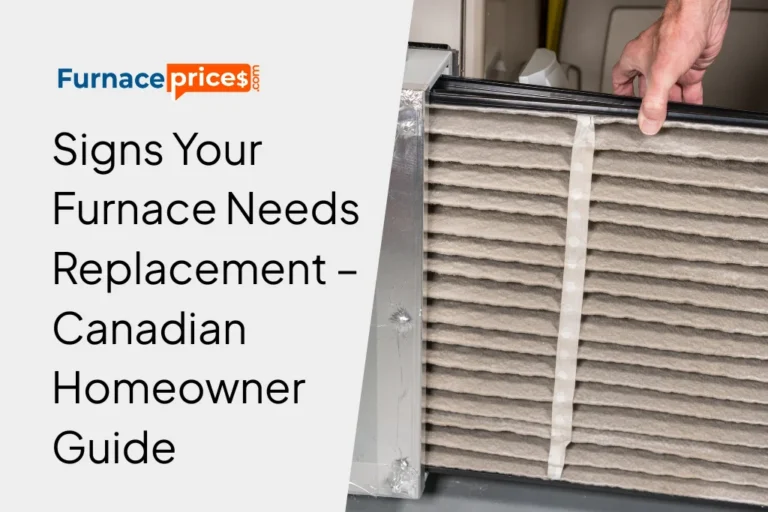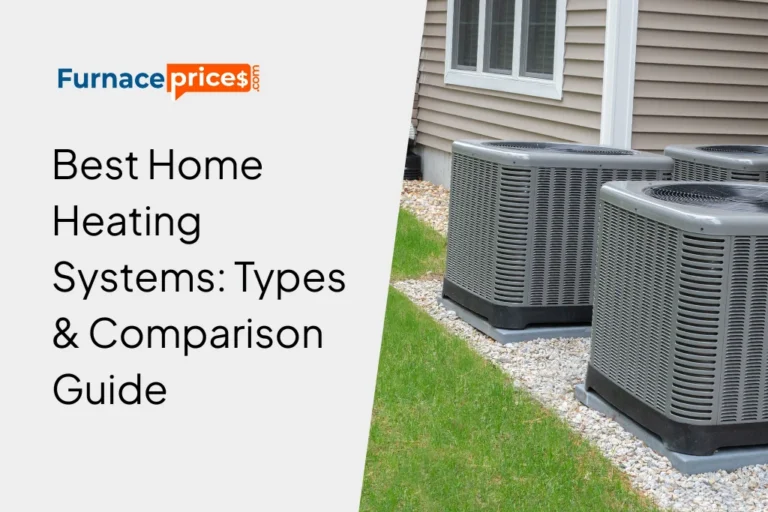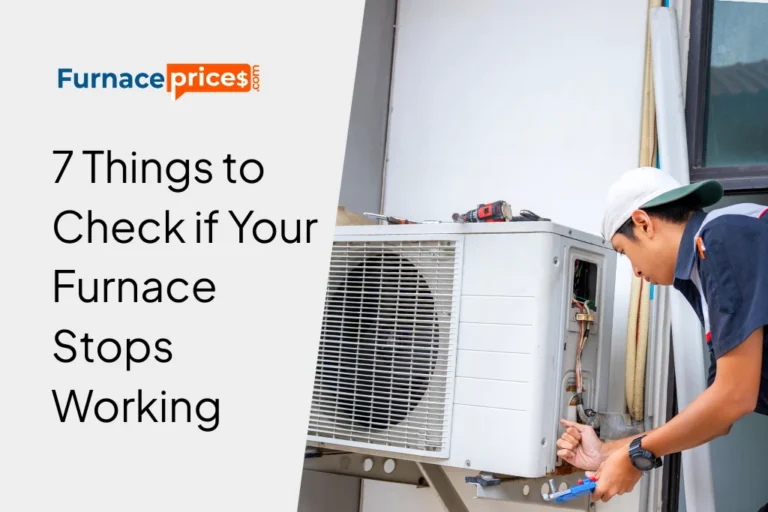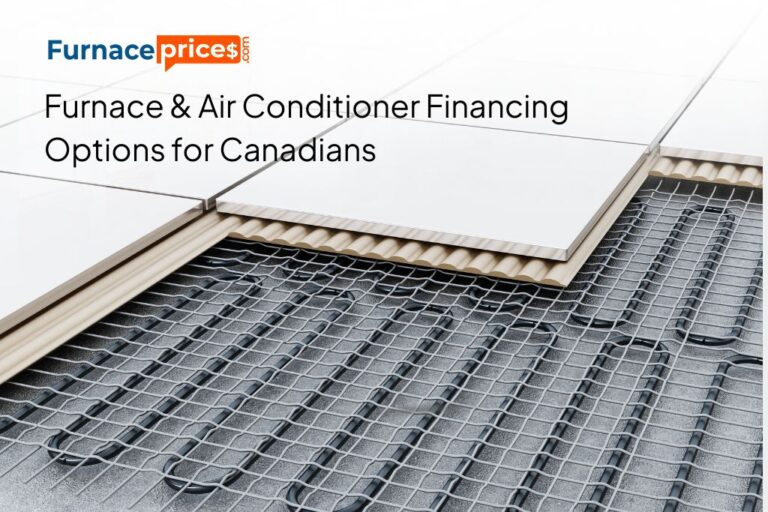Furnace Maintenance 101: How to Maximize Efficiency and Save on Heating Costs

Introduction
A furnace is one of the most important—and expensive—appliances in your home. But without regular furnace maintenance, it can quickly become inefficient, unreliable, and costly. If you’re looking to extend furnace lifespan and save on heating bills, this guide is for you. At FurnacePrices.com, we believe every homeowner deserves straightforward advice from HVAC professionals. Whether you’re using a gas, electric, or oil furnace, these simple furnace maintenance tips will help you avoid unnecessary repairs, stay warm all winter, and save money in the long run.
1. Change Your Furnace Filter Regularly
One of the easiest and most overlooked tasks in furnace maintenance is replacing the air filter.
- How often: Every 1–3 months, depending on usage and air quality.
- Why it matters: A dirty filter restricts airflow, causing your furnace to work harder and increasing energy use.
💡 Bonus tip: Consider a high-efficiency pleated filter if you have pets or allergies.
2. Schedule Annual Professional Inspections
Having a licensed HVAC technician inspect your furnace once a year helps catch issues early and ensures everything is working safely and efficiently.
What’s typically included in a professional tune-up:
- Thermostat calibration
- Gas pressure & heat exchanger check
- Cleaning internal components
- Carbon monoxide test
- Safety switch inspection
✅ Peace of mind: Annual checkups reduce the risk of breakdowns and can even protect your manufacturer’s warranty.
3. Keep Vents and Registers Clear
Blocked air vents force your furnace to work harder, which leads to uneven heating and higher utility bills.
- Don’t block vents with furniture or rugs
- Vacuum grilles and return vents monthly
- Ensure all rooms are properly ventilated
🔍 Pro Tip: Uneven heating is often caused by obstructed or dirty vents, not a furnace issue.
4. Install a Programmable Thermostat
A programmable or smart thermostat adjusts the temperature based on your daily routine, which helps reduce energy waste.
Recommended settings:
- 21°C (70°F) when you’re home
- 17°C (62°F) when you’re asleep or away
📉 Savings fact: Lowering your thermostat 3–4°C for 8 hours a day can save up to 10% on heating bills annually.
5. Seal Leaks in Ductwork and Doors
Warm air escaping through leaky ducts or poorly sealed windows forces your furnace to compensate, wasting energy.
- Use foil-backed tape on accessible ductwork joints
- Add weatherstripping to doors and windows
- Check attic insulation to prevent heat loss
🔧 Long-term win: These small fixes can significantly reduce the load on your furnace.
6. Pay Attention to Unusual Noises or Smells
Clanking, banging, or musty odors from your furnace are red flags. These may indicate:
- A worn blower motor
- Cracked heat exchanger (a serious safety issue)
- Dust buildup inside the system
🚨 Safety Note: If you ever smell gas or burning, turn off your furnace and call a professional immediately.
7. Know When to Replace vs. Repair
If your furnace is over 15–20 years old, repairs might not be worth the cost. Consider replacement if:
- Repairs are frequent or costly
- Your energy bills are unusually high
- The unit fails to heat your home evenly
📘 Use our Furnace Comparison Guide to explore modern, energy-efficient models.
Conclusion: Maintenance Matters
Regular furnace maintenance isn’t just about preventing breakdowns—it’s about protecting your investment, staying safe, and keeping your energy bills in check. With these simple strategies, you can enjoy a warmer home and a healthier bank account.
👉 Need help choosing a new furnace or finding local HVAC pros?
Visit our homepage for expert comparisons, sizing calculators, and trusted installation resources—all designed to help you make smarter heating choices.



